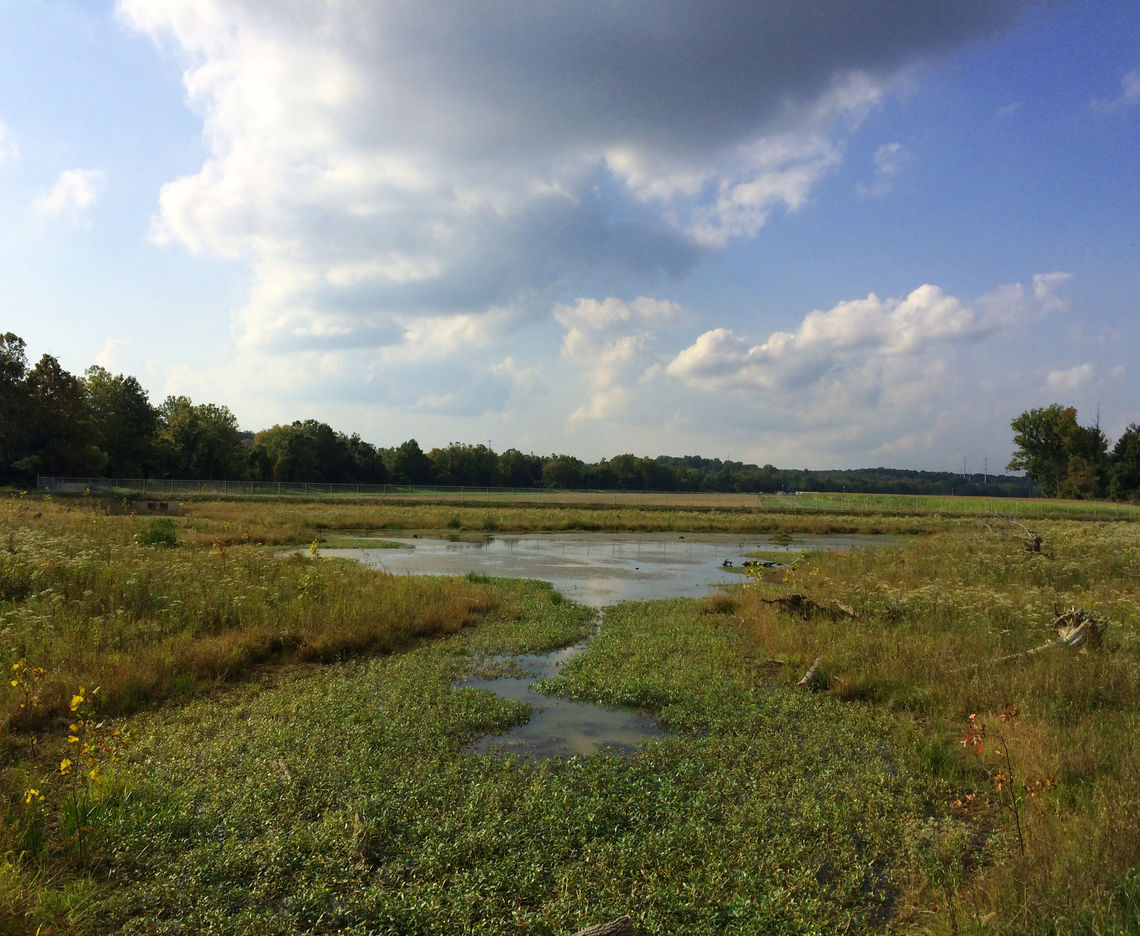
PB-85 STREAM RESTORATION
PRINCE GEORGE'S COUNTY, MD
To mitigate impacts from the construction of the InterCounty Connector, McCormick Taylor identified stream restoration opportunities along portions of Paint Branch and Little Paint Branch.
THE CHALLENGE
The PB-85 site provided opportunities to improve floodplain reconnection, reduce channel boundary erosion, improve instream habitat for resident and anadromous fish and other aquatic species, provide flood attenuation, and enhance and reforest over ten acres of riparian area along portions of Paint Branch and Little Paint Branch tributaries. The improvements could potentially recover ecological and geomorphic conditions, not only at the site, but also for miles of channel downstream by reducing suspended sediment loads and reducing peak discharges that can erode downstream channel boundaries.
The project incorporated stream, floodplain, and wetland restoration efforts along Paint Branch extending from MD 193 (University Boulevard) upstream approximately 4,180 feet.
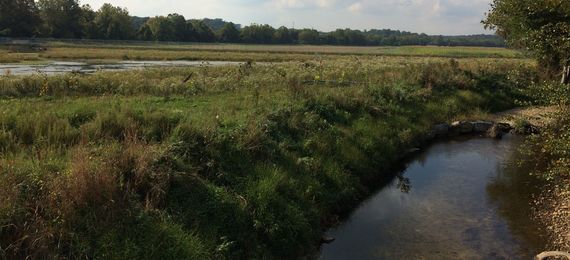
HOW WE HELPED
To achieve these goals, the proposed design strategy focused on two basic concepts:
1. Strategically provide instream improvements through isolated structure placement and channel enhancements to reduce erosion and improve aquatic habitat.
2. Breach existing agricultural berms along Paint Branch and Little Paint Branch on the BARC property, allowing floodwaters currently contained and directed quickly downstream to disperse, depositing suspended sediment throughout the adjacent floodplain.
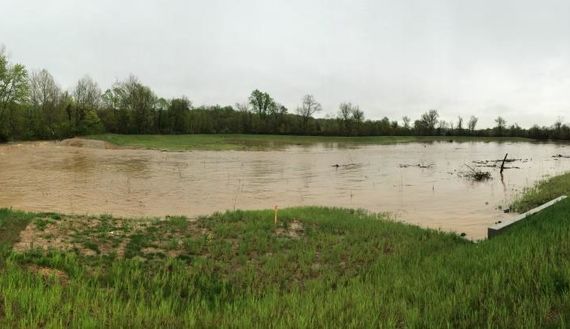
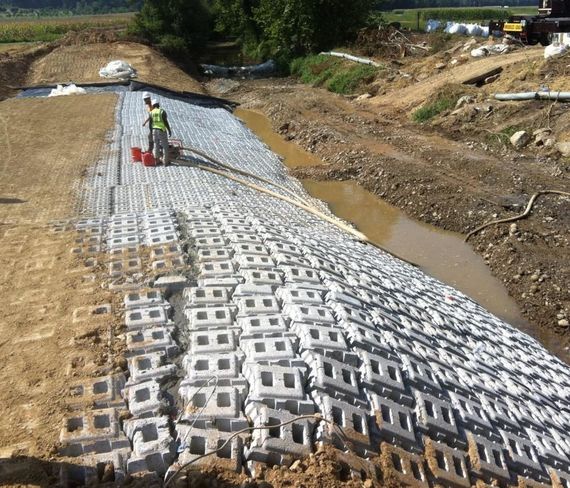
Specific design items used to complete the effort include:
- Designing proposed berms to protect existing property owners from additional flooding
- Designing the berm breach and protection treatment to maximize stability, and transport of suspended sediment, nutrients, and water into the floodplain
- Iterative use of a suspended sediment model to predict sediment advection and dispersion patterns within the floodplain cells to promote sustainability and maximize function of the floodplain.
Based on the proposed design, it is predicted that approximately 425 tons of suspended sediment will be removed from the sites annually, creating a large TMDL credit.
The design strategy was implemented after a detailed site assessment including:
- Natural resource inventory
- Wetland/waterways delineation
- Forest assessment and delineation
- Surface and subsurface hydrologic studies (groundwater wells and water budgeting)
- Detailed hydraulics analysis (1- and 2-D modeling)
- Geotechnical evaluation of existing soils and berms
- Wetland riparian and instream habitat evaluation
- Detailed geomorphic evaluations
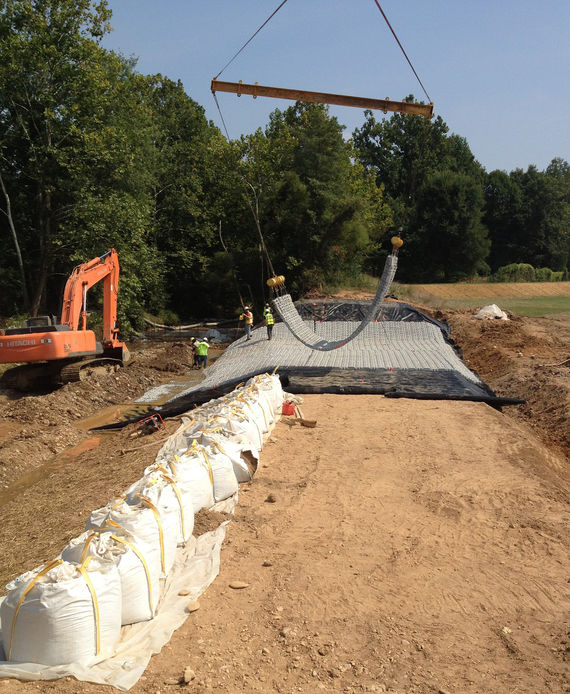
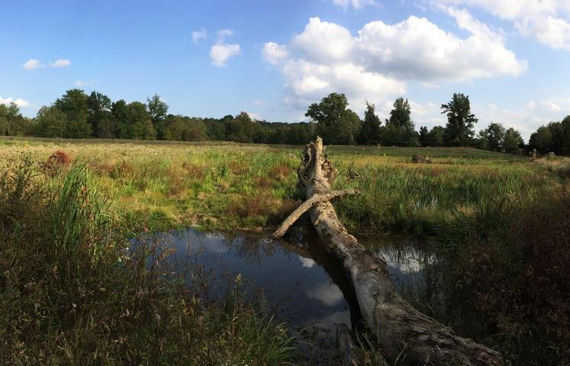
RESULTS
Project construction was completed in the Spring of 2014. Storm events between the 1.5- and 25-year storm events access the breeches and are stored within the berms. Monitoring has shown storage in the floodplain wetlands of up to 1% of the total annual sediment load of Little Paint Branch and up to 13% of Paint Branch, for tremendous water quality improvements. Up to 25% of the storm flows between the 1.5- and 25-year events are stored within the cells for up to four days, protecting the downstream channel from erosion and increasing the resiliency of downstream infrastructure and aquatic resources. The project is meeting its intent of reducing the resiliency to storm flows, flood damage, water quality degradation, sustainable floodplain wetland habitat creation, and reduced sedimentation to Paint Branch and the Chesapeake Bay.
AWARDS
2015 MdQI Green/Sustainability/Environmental Award of Excellence
2015 ACEC/MD Engineering Excellence Award
2015 FHWA Environmental Excellence Award